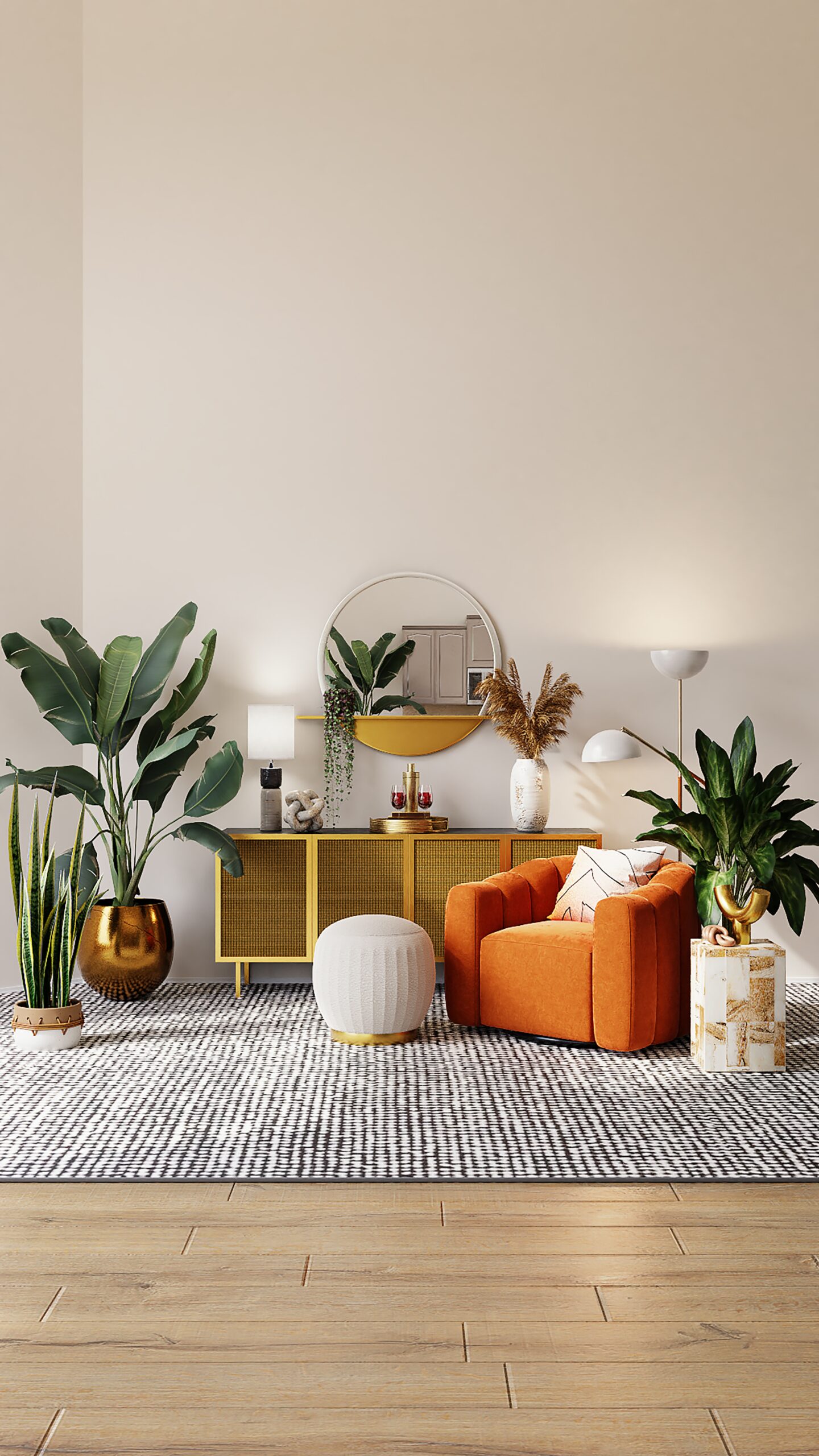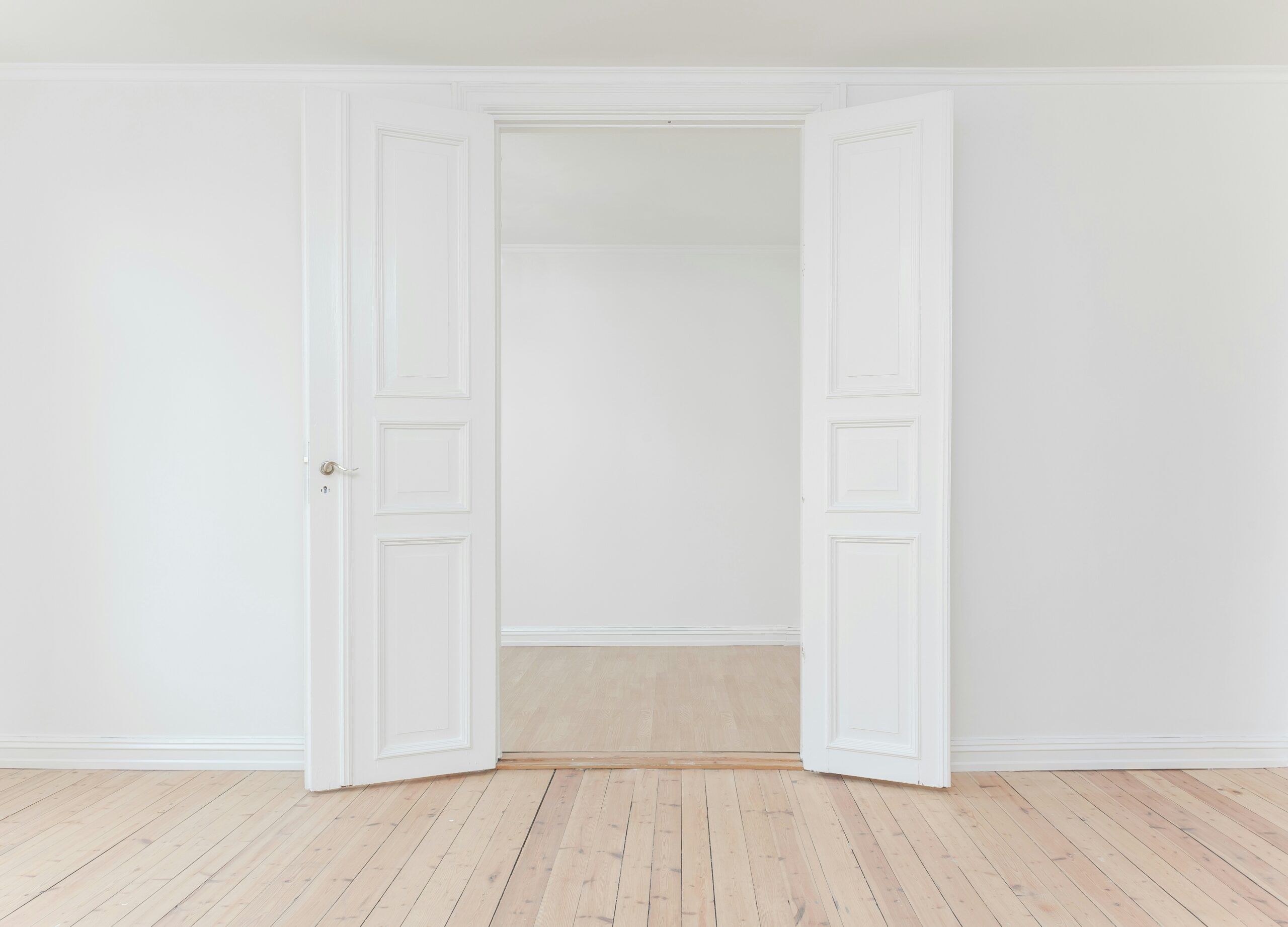
One of the best courses for interior design is a Bachelor’s degree in Interior Design. This comprehensive program typically spans four years and provides students with a solid foundation in design principles, spatial planning, color theory, and materials. Students also learn about the history of interior design and gain practical experience through hands-on projects and internships.
Another popular option is an Associate’s degree in Interior Design. This two-year program is a great choice for individuals who want to enter the field quickly or for those who already have a background in design. The curriculum covers similar topics as a Bachelor’s degree but in a condensed format. Students learn about drafting, computer-aided design (CAD), and building codes.
If you are looking for a more specialized course, you may consider a certificate program in a specific area of interior design. These programs typically focus on a particular aspect of the field, such as sustainable design, kitchen and bath design, or lighting design. Certificate programs are shorter in duration, ranging from a few months to a year, and provide targeted knowledge and skills.
For individuals who prefer a flexible learning schedule, online courses in interior design are an excellent option. These courses allow students to learn at their own pace and from the comfort of their own homes. Online programs cover similar topics as traditional courses and often include interactive assignments, virtual design projects, and access to industry professionals through online forums.
Furthermore, if you are interested in gaining a global perspective on interior design, you may consider studying abroad. Many universities and design schools offer study abroad programs that allow students to immerse themselves in different cultures and design traditions. This experience can greatly enhance your understanding of design principles and broaden your creative perspectives.
Ultimately, the best course for interior design depends on your individual goals, preferences, and circumstances. It is important to carefully research and consider each option to determine which program aligns with your career aspirations. Whether you choose a traditional degree program, a specialized certificate, or an online course, investing in your education will undoubtedly set you on the path to success in the exciting world of interior design.
Types of Interior Design Courses
1. Master of Arts (MA) in Interior Design:
The Master of Arts in Interior Design is a postgraduate course that focuses on the theoretical and conceptual aspects of interior design. This course delves into the history of design, design theory, and research methodologies. Students will develop critical thinking skills and gain a deeper understanding of the principles that govern interior design. This course is ideal for individuals who are interested in pursuing academic or research-oriented careers in the field.
2. Master of Fine Arts (MFA) in Interior Design:
The Master of Fine Arts in Interior Design is a creative and practical course that emphasizes hands-on design skills. This course is suitable for individuals who want to enhance their artistic abilities and explore innovative design techniques. Students will learn about materials, spatial planning, lighting, and other technical aspects of interior design. The MFA program often includes studio-based projects and encourages students to develop their unique design style.
3. Master of Professional Studies (MPS) in Interior Design:
The Master of Professional Studies in Interior Design is a specialized course that focuses on practical applications of interior design in various industries. This course is designed for individuals who want to work as professional interior designers in commercial, residential, or hospitality sectors. Students will learn about project management, client communication, and industry-specific regulations. The MPS program often includes internships or industry collaborations to provide real-world experience.
4. Master of Interior Architecture:
The Master of Interior Architecture is a comprehensive course that combines elements of architecture and interior design. This course is suitable for individuals who want to explore the relationship between interior spaces and the overall architectural design. Students will learn about structural considerations, building codes, and sustainable design practices. The Master of Interior Architecture program prepares students for careers where they can seamlessly integrate interior design concepts within architectural projects.
5. Masters in Interior Design:
The Masters in Interior Design is a versatile course that covers various aspects of interior design, including aesthetics, functionality, and sustainability. This course provides a holistic approach to interior design and equips students with a broad skill set. Students will learn about design principles, space planning, color theory, and furniture design. The Masters in Interior Design program prepares students for diverse career opportunities in both residential and commercial design.
6. Masters in Product Design:
While not specifically focused on interior design, a Masters in Product Design can be beneficial for individuals interested in designing furniture, lighting fixtures, and other interior design elements. This course emphasizes the design process, materials, and manufacturing techniques. Students will learn how to create functional and aesthetically pleasing products that enhance interior spaces. The Masters in Product Design program provides a broader perspective on design and encourages interdisciplinary collaborations.
7. Bachelor of Science (BS) in Interior Design:
The Bachelor of Science in Interior Design is an undergraduate course that provides a comprehensive foundation in the field of interior design. This program typically covers a wide range of topics, including design principles, drafting, computer-aided design (CAD), and building codes. Students will learn how to create functional and visually appealing interior spaces while considering the needs and preferences of clients. The BS in Interior Design program prepares students for entry-level positions in the industry or further studies at the graduate level.
8. Associate Degree in Interior Design:
The Associate Degree in Interior Design is a two-year program that introduces students to the fundamental concepts and skills of interior design. This program provides a practical education in areas such as space planning, color theory, materials, and furnishings. Students will also learn how to use design software and create 2D and 3D visualizations of their ideas. The Associate Degree in Interior Design prepares students for entry-level positions in the field or for further studies at the bachelor’s degree level.
9. Certificate Programs in Interior Design:
Certificate programs in interior design are short-term courses that focus on specific areas of the field. These programs are ideal for individuals who want to enhance their skills in a particular aspect of interior design, such as kitchen design, sustainable design, or lighting design. Certificate programs typically provide hands-on training and may include workshops or internships. These programs can be completed in a few months to a year, depending on the intensity of the curriculum.
10. Online Interior Design Courses:
With the advancement of technology, online interior design courses have become increasingly popular. These courses offer flexibility and convenience for individuals who cannot attend traditional brick-and-mortar institutions. Online courses cover a wide range of topics, from basic design principles to advanced software skills. Students can access course materials, participate in virtual discussions, and submit assignments online. Online interior design courses are a great option for individuals who want to learn at their own pace and from the comfort of their own homes.
Choosing the Right Course
When deciding which course is best for you, it is important to consider your career goals, interests, and strengths. Reflect on whether you prefer a more theoretical or practical approach to interior design. Research the curriculum and faculty of each course to ensure they align with your aspirations. Additionally, consider the reputation of the institution offering the course and explore opportunities for internships or industry connections.
Ultimately, the best course for interior design depends on your individual preferences and career aspirations. Whether you choose a more research-oriented program or a hands-on creative course, the key is to gain a strong foundation in design principles and develop your unique design style. By choosing the right course, you can embark on a fulfilling career in the dynamic field of interior design.
One important aspect to consider when choosing an interior design course is the level of specialization offered. Some courses may focus on a broad range of design principles, while others may offer specialized tracks in areas such as residential design, commercial design, or sustainable design. If you already have a specific area of interest within interior design, it may be beneficial to choose a course that offers in-depth study in that particular area.
Another factor to consider is the teaching methodology employed by the course. Some courses may emphasize hands-on learning and practical experience, while others may focus more on theoretical concepts and design theory. Think about your preferred learning style and consider which approach would be most effective for you. If you thrive in a more structured classroom environment, a course with a strong theoretical component may be the right choice. On the other hand, if you learn best through hands-on experience and experimentation, a course that emphasizes practical application may be more suitable.
It is also important to consider the resources and facilities available to students. Look into the design studios, computer labs, and workshops that are accessible to students in each course. These resources can greatly impact your learning experience and provide valuable opportunities for hands-on practice and experimentation. Additionally, consider the library and online databases available for research purposes, as well as any industry connections or partnerships that the institution may have. These resources can enhance your learning and provide valuable networking opportunities.
Lastly, consider the career support and guidance offered by the course. Look into the career services department and the track record of graduates from each course. Are there opportunities for internships or industry placements? Does the course provide mentorship or networking events? These factors can greatly enhance your chances of success in the field of interior design and help you transition smoothly into your desired career path.
Overall, choosing the right course for interior design is a crucial step in your educational journey. Take the time to research and consider all the factors discussed above, and trust your instincts when making a decision. Remember, the goal is to find a course that aligns with your interests, strengths, and career goals, and provides you with the necessary knowledge and skills to succeed in the dynamic and ever-evolving field of interior design.




